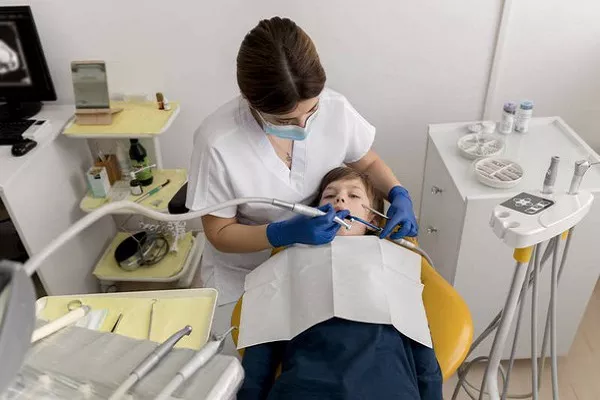Embarking on the journey of tooth implant surgery can be both exciting and daunting. One common concern that often preoccupies individuals considering or undergoing the procedure is the duration of postoperative pain. In this comprehensive article, we delve into the intricacies of tooth implant pain, exploring the factors influencing discomfort, the stages of recovery, and proactive measures to manage pain effectively.
I. Unveiling the Surgical Experience: Immediate Post-Operative Pain
Immediate Aftermath of Tooth Implant Surgery
Tooth implant surgery involves the placement of an artificial tooth root into the jawbone, necessitating minor oral surgery. It’s natural to experience some level of discomfort in the immediate aftermath of the procedure. Factors contributing to this initial pain include:
Surgical Trauma: The manipulation of tissues during surgery causes trauma, leading to inflammation and soreness.
Anesthesia Wearing Off: As the effects of anesthesia wear off, patients may start to feel sensations and discomfort.
Tissue Healing: The body’s natural healing response triggers inflammation, an essential component of the recovery process.
II. The Initial Days: Managing Pain and Discomfort
Post-Operative Pain Management Strategies
While postoperative pain is expected, there are effective strategies to manage discomfort during the initial days after tooth implant surgery:
Prescribed Medications: Dentists often prescribe pain medications to alleviate discomfort. These may include nonsteroidal anti-inflammatory drugs (NSAIDs) or, in some cases, stronger pain relievers.
Cold Compress: Applying a cold compress to the outside of the face can help reduce swelling and numb the area, providing relief.
Rest and Elevation: Resting and keeping the head elevated, especially during sleep, can minimize blood flow to the surgical site, reducing swelling and discomfort.
III. The Role of Inflammation: Understanding the Healing Process
Inflammation as a Natural Response
Inflammation is a natural and integral part of the body’s healing process. While it contributes to postoperative pain, it is crucial for tissue repair and the integration of the implant with the jawbone. Understanding the balance between inflammation and discomfort is key to managing expectations during the initial stages of recovery.
Duration of Inflammation: Inflammation typically peaks within the first 48 hours after surgery and gradually subsides in the following days.
Individual Variability: The duration and intensity of inflammation can vary among individuals based on factors such as overall health, oral hygiene, and adherence to postoperative care instructions.
IV. Beyond the First Week: Transitioning to Subsiding Discomfort
Gradual Relief from Pain
As the initial days post-surgery unfold, patients often experience a gradual reduction in pain and discomfort. Several factors contribute to this transition:
Healing Progress: The healing process advances, and inflammation subsides, leading to a decrease in discomfort.
Effective Pain Management: Consistent adherence to prescribed pain medications and postoperative care guidelines contributes to effective pain management.
Soft Diet Transition: Initially, a soft diet is recommended to avoid stressing the surgical site. As patients transition to a regular diet, the reduction in dietary restrictions can enhance comfort.
V. Monitoring Healing Milestones: Weeks 2 to 6 After Surgery
Key Healing Milestones
The weeks following tooth implant surgery mark critical healing milestones. Understanding these stages can help individuals gauge the progression of recovery and manage expectations regarding discomfort:
Tissue Closure: The soft tissues around the surgical site gradually close, reducing the risk of infection and enhancing comfort.
Bone Integration: Osseointegration, the process of the implant fusing with the jawbone, continues. While pain diminishes, it is essential to avoid activities that could jeopardize this delicate phase.
Follow-Up Appointments: Regular check-ups with the dentist allow for the monitoring of healing progress. Any concerns or lingering discomfort can be addressed during these appointments.
VI. Long-Term Comfort: Months 2 and Beyond
Stability and Adaptation
Beyond the initial weeks, patients often experience increased stability and adaptation to the implant. Factors contributing to long-term comfort include:
Complete Osseointegration: By the second month, osseointegration is typically well underway, enhancing the stability of the implant.
Soft Tissue Maturation: The soft tissues around the implant mature, contributing to a more natural and comfortable feel.
Gradual Disappearance of Discomfort: Patients commonly report a gradual disappearance of any residual discomfort as the implant becomes fully integrated.
What Is An All On 4 Dental Implant
What Is The Best Type Of Dental Implant
What Can Cause A Dental Implant To Fail
































